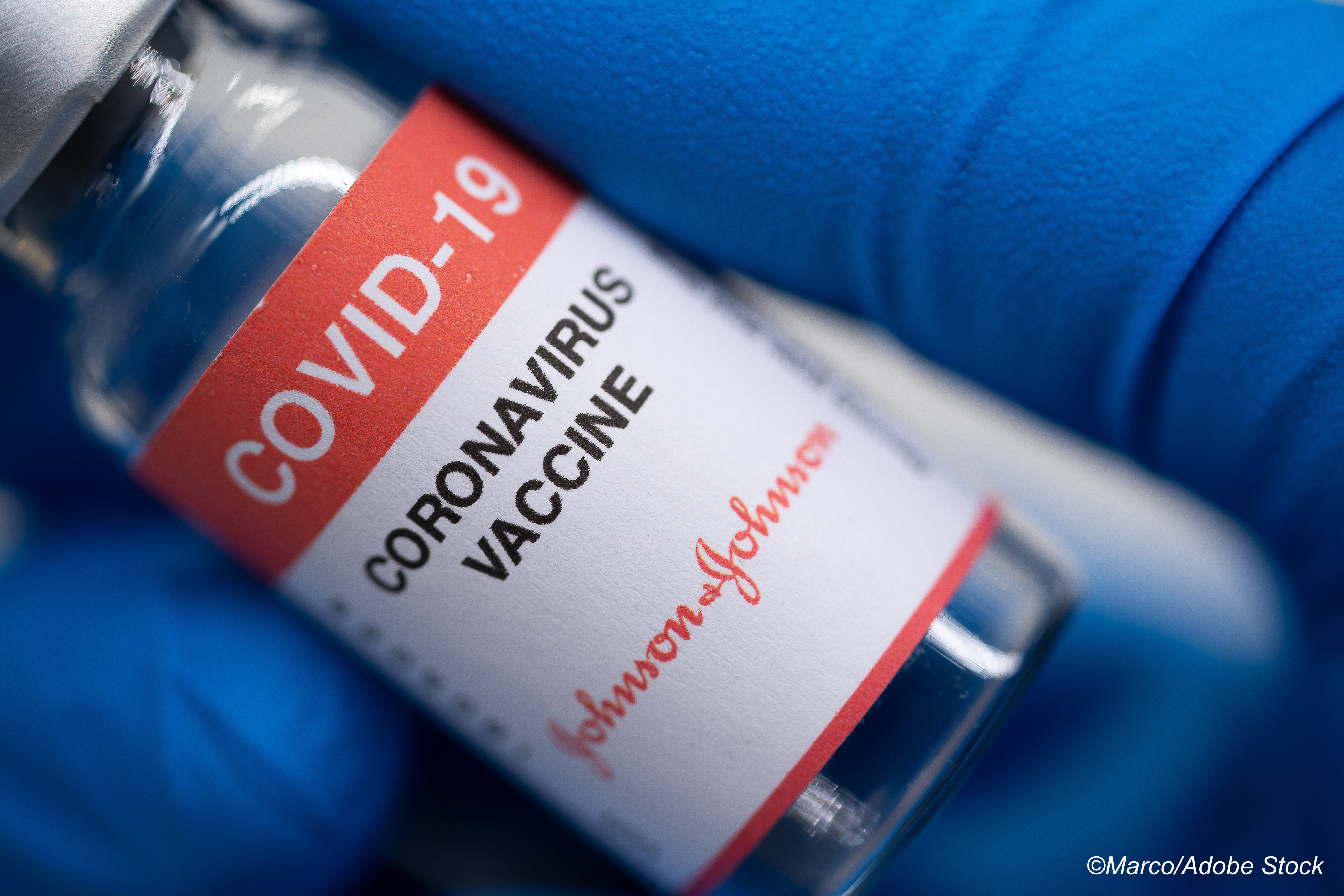Despite an acknowledged dearth of data, the FDA’s Vaccines and Related Biological Products Advisory Committee (VRBPAC) voted unanimously to recommend expanding the emergency use authorization of Johnson & Johnson’s Covid-19 vaccine, Ad26.COV2.S, to allow for booster doses in adults at least two months after primary vaccination.
With this vote, VRBPAC is three for three on recommending the currently authorized Covid-19 vaccines for booster dosing. Thus far, Pfizer/BioNTech’s BNT162b2 is the only Covid vaccine eligible to be given out as a booster, but the FDA’s advisory committee voted on Thursday, Oct. 14, to recommend booster doses of Moderna’s mRNA-1273, with an EUA likely to follow.
The major differences with this latest vote are the scope and time-range of the recommendation—whereas both mRNA vaccines were recommended at least 6 months for patients ages 65 years and older and other adult patients at high risk for severe infection due to underlying conditions or occupational exposure, this recommendation would make booster doses of Ad26.COV2.S available to all 14 million people who received the vaccine a mere two months after their initial dose.
The advisory committee came to this decision despite scant data on the efficacy of booster doses for the vaccine; while the manufacturer touted results showing a booster dose could shoot immunity up from around 70% to 94%, the trial data was not submitted to the FDA early enough to complete independent validation, and an FDA briefing document released Wednesday raised questions regarding the strength of the submitted data.
What’s more, several VRBPAC panel members raised concerns over the size of the vaccine study under consideration, which only included 17 participants.
“I’m not sure why you’re asking for an indication that would apply to millions of patients with a data set that includes 17 patients,” said Eric Rubin, MD, PhD, adjunct professor of immunology and infectious diseases at the Harvard T.H. Chan School of Public Health.
However, while all three authorized Covid-19 vaccines confer substantial protection against Covid-19 hospitalization and death, AD26.COV2.S offers the weakest shield against infection, and several voting VRBPAC members noted that they had assumed a second shot of the vaccine would be necessary at some point down the line.
“It was always going to be necessary for J&J recipients to get a second shot,” VRBPAC member James Hildreth, MD, PhD, president of Meharry Medical College, commented during the meeting. However, later in the meeting, Hildreth also called on the FDA to inform the public that they did not validate the Johnson & Johnson data prior to voting on the recommendation
“There is a public health imperative here,” argued VRBPAC chair Arnold Monto, MD, of the Department of Epidemiology at the University of Michigan School of Public Health, “because what we’re seeing is this is a group with overall lower efficacy than we have seen with the mRNA vaccines, so there is some urgency to do something.”
For those who are seeking vaccine boosters, another option may be on the horizon—immediately following the vote on Ad26.COV2.S boosters, VRBPAC listened to a presentation from Kirsten E. Lyke, MD, of the University of Maryland School of Medicine on preliminary results from an NIH trial of heterologous Covid-19 boosters, or boosting with a vaccine that differs from the primary series… and, so far, the results seem promising.
According to the pre-print study, which has yet to be peer-reviewed, found that both homologous and heterologoud booster vaccine doses were both well-tolerated and immonogeneic in adults who had finished their primary Covid-19 vaccine series at least 12 weeks earlier. And, as Lyke pointed out in her presentation, the mRNA boosters resulted in the highest antibody titers in the first 28 days following the additional shot.
Archana Chatterjee, MD, PhD, dean of the Chicago Medical School and Vice President of Medical Affairs at Rosalind Franklin University of Medicine and Science in North Chicago, concluded that the data presented “help us to get what I call a proof of concept, which is that heterologous boosting does work, and in some cases works better than boosting with the homologous vaccine.”
Steven Pergam, MD, medical director of Infection Protection at the Seattle Cancer Care Alliance, added that the committee is “in a situation where we just approved a booster [recommendation] for J&J, and we have data that suggests that the mRNA vaccine boost, at least according to antibody responses… looks better. So I think this is a challenge for [the public] to sort of sort this out and to make decisions about what they’re going to do.”
One issue, some members noted, is that the vaccine boosters are not currently recommended for the same swath of the American population, with both mRNA vaccines recommended for more restricted groups compared to the Johnson & Johnson shot. Several committee members expressed an interest in revisiting those EUAs at some point in the future to allow for more flexibility to allow for various age groups to seek heterologous booster doses.
Several VRBPAC members also noted that the increased antibody titers established in the NIH study do not guarantee a real-world benefit to heterologous vaccination. And, as several members pointed out, long-term efficacy data will be necessary to establish not only the benefit of mixing and matching vaccines but of booster dosing for Covid-19 in general.
John McKenna, Associate Editor, BreakingMED™
Cat ID: 31
Topic ID: 79,31,730,933,31,926,192,927,725,928,925,934




Create Post
Twitter/X Preview
Logout